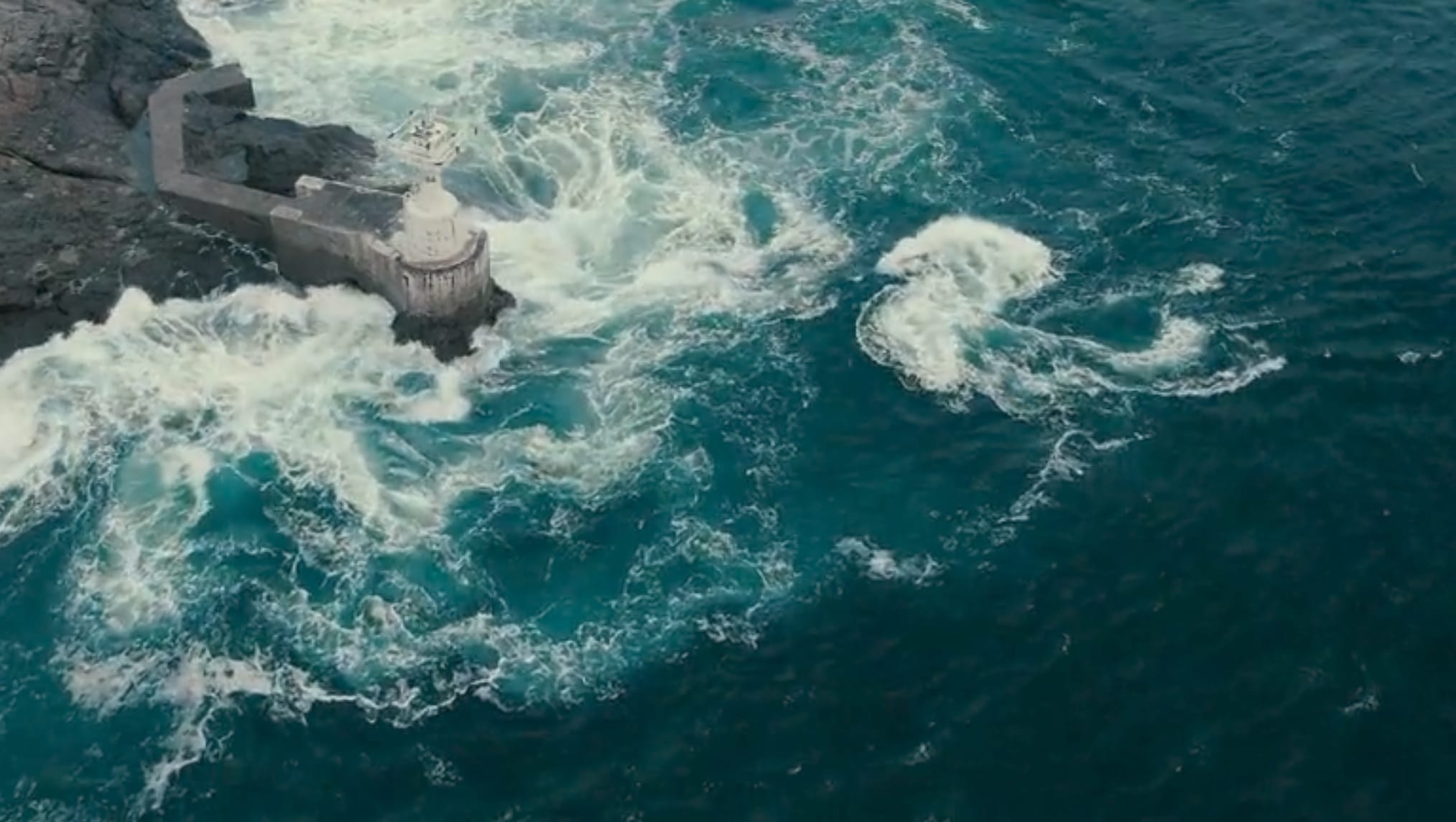How our today’s technology reshapes human gestures
Life is so easy today. For me, we live literally in the future. If someone would have told me 30 years ago that we would be able to talk to each other by video calls and that we would have a personal device that does everything for us, everything!
No more queuing at banks multiple times per month, waiting to be attended, to get, send, or move money. No more running errands, as we shop from home. We know where our children are at all times. We can go anywhere without getting lost or even thinking about it beforehand. No more asking strangers for directions. We can work from home, eliminating commutes and I am not entering the AI space here. More time to do nothing…
Each convenience eliminates not just a task, but a human gesture – a way of being and engaging with the world that we’ve evolved over millennia. Take something as simple as waiting for a webpage to load or moving to the next page of results. In the early days of digital interfaces, these small frictions created natural moments of pause and reflection. The gesture of conscious choice – ‘Do I want to see more?’ – has been replaced by the endless scroll, transforming us from active participants into passive consumers of information streams.
The void of doing nothing.
The nothingness of staring at something, like raindrops falling to the ground, observing what is around us… these wonderful but often boring and underestimated moments, as we can recognise today. These missing moments of nothingness are causing damage to us. It turns out they are recreational and prevent stress and, even worse, psychological dysfunctions like depression. We, as a society, weren’t much aware of that at the time.
Today, all these efforts I mentioned at the beginning are resolved and optimised, and the time we’ve gained is filled with recreating the nothingness with something meaningful: mindfulness (or more work, but that’s another topic to talk about later).
We transform unwillingly essential human gestures
Our relationship with technology has fundamentally altered how we engage with the world around us. These changes manifest in three crucial domains:
Physical engagement
Our bodies are becoming increasingly passive observers rather than active participants in the world.
You can see how GPS navigation has transformed our spatial awareness. Rather than developing an internal map of our environment through experience and error, we follow blue lines on screens, often ignoring the rich contextual information around us.
This extends beyond navigation – our hands type instead of writing, our fingers scroll instead of turn pages, and our bodies increasingly adapt to screens rather than spaces.
Each convenience eliminates not just effort, but an entire vocabulary of human movement and engagement. The gesture of spatial awareness – that subtle interaction of body and environment that helps us understand where we are in the world – fades as we follow blue lines on screens.
Social interactions
The texture of human interaction has fundamentally shifted. Waiting, once a natural part of social rhythm, has become almost intolerable. Even the gesture of achievement has been transformed – genuine accomplishment through effort and occasional failure is replaced by gamified rewards and artificial progress markers. What appears to be engaging us is actually diminishing our capacity for genuine engagement.
We expect instant responses, immediate gratification, and constant connectivity. But this speed comes at a cost to genuine connection.
Real listening is being replaced by algorithmic suggestions – our music, our news, our potential friends all filtered through digital intermediaries. Trust-building, which traditionally required time and physical presence, is now attempted through digital proxies.
Cognitive capabilities
Perhaps the most profound transformation is in how we think and learn. The instant availability of answers has reduced our tolerance for uncertainty and the productive struggle that leads to deeper understanding.
Our memory systems, evolved to hold and process information, are increasingly outsourced to digital storage.
The development of intuition and judgment, traditionally formed through direct experience and occasional failure, is being short-circuited by automated decision-making tools.
There is a systemic impact!
On an individual level
These changes manifest in subtle but significant ways. Our tolerance for uncertainty diminishes as we expect immediate answers and solutions.
Problem-solving capabilities weaken as we increasingly rely on pre-packaged solutions. Our spatial awareness dulls as we navigate through screens rather than spaces. Physical capabilities diminish as convenience eliminates necessary movement. Manual skills fade as automation handles increasingly complex tasks.
Societal
The transformation extends beyond individual capabilities to reshape our collective experience.
Human relationships evolve as digital interfaces mediate more of our interactions. Community dynamics shift as local, physical connections give way to digital networks. Knowledge sharing patterns change, moving from direct, experiential learning to mediated, screen-based transmission. We find ourselves in the paradox of connected isolation – more linked than ever, but increasingly alone.
Cultural implications
At the broadest level, these changes ripple through our entire culture. Traditional knowledge and skills, once passed down through direct experience and apprenticeship, struggle to find relevance in an automated world.
Cultural transmission patterns shift as digital platforms become primary carriers of information and values. New forms of social organization emerge, built around technological convenience rather than human necessity. Our very understanding of human capability is being redefined, often in terms of technological augmentation rather than inherent capacity.
What now?
These lost gestures – of waiting, of getting momentarily lost, of struggling and succeeding – aren’t just inconveniences to be engineered away.
They are the very movements through which we develop as humans. When we eliminate these gestures in the name of convenience, we eliminate opportunities for growth, learning, and genuine human connection.
The solution isn’t to reject technological progress but to design for sustainable minds that respect human nature.
Well, maybe we must redefine what Innovation means.
Innovation – from the Latin ‘innovare’, meaning ‘to renew’ – has transformed from its original sense of organic renewal into something that often tries to resolve any human inconvenience by filling every void in human experience.
But perhaps true innovation for our future lies in knowing when not to intervene – recognising and preserving those essential spaces where human capabilities naturally develop through experience, struggle, and time.
In this light, innovation becomes not just about what we create, but what we consciously choose to leave untouched.
Organisations need to reintegrate voids and nothingness, or even better, try not to fill them – those spaces where human capability can develop naturally.
The focus should shift from low-level convenience, which like ultra-processed food is initially appealing but ultimately harmful, to creating sustainable positive impact that enhances rather than replaces human capacity.
We could consciously design systems that:
- Preserve spaces for natural human development
- Support rather than supplant basic human capabilities
- Acknowledge the value of productive struggle
- Create opportunities for genuine human connection
- Maintain the essential voids where creativity and resilience develop
The challenge ahead is not to make life easier, but to make it more meaningfully human. Because humans thrive in liminality!
Photo by Joshua Hoehne on Unsplash

